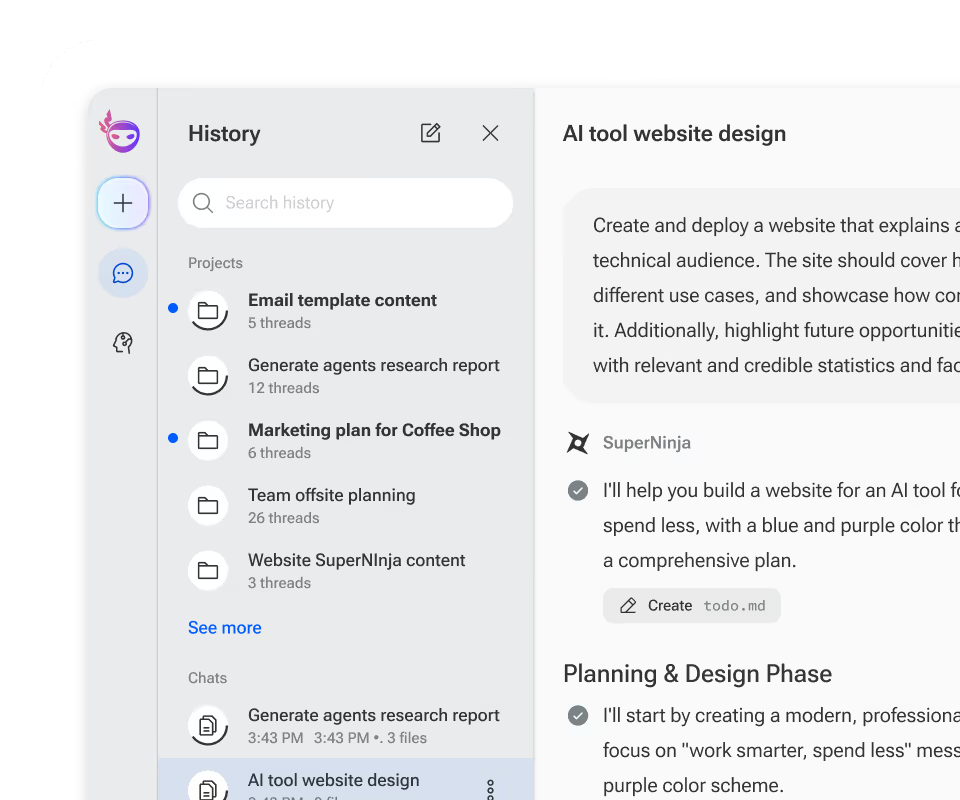Glossary
Explore commonly used generative AI terms and concepts
Experience Ninja's Generative AI Platform
Where general AI meets real-world productivity.

Explore commonly used generative AI terms and concepts
Where general AI meets real-world productivity.
